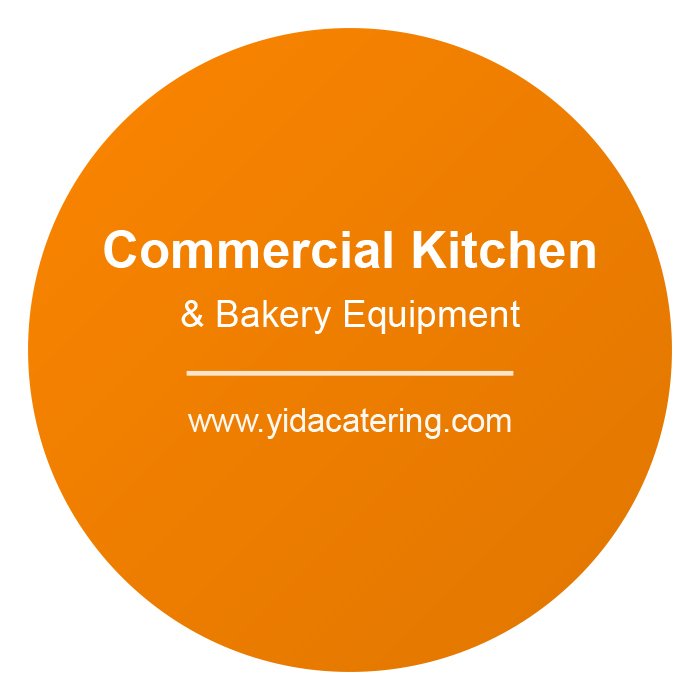When it comes to running a successful food business, investing in the right equipment is critical. For establishments that specialize in or offer rotisserie chicken, selecting the perfect chicken rotisserie is a decision that can significantly impact both the quality of your product and the efficiency of your operations. With a wide variety of options available on the market, it is essential to carefully evaluate your needs and the features of each machine before making a purchase. Below, we outline key factors to consider when selecting a chicken rotisserie for commercial use.
1. Capacity and Size
The first consideration when choosing a chicken rotisserie is its capacity. Evaluate how many chickens you need to prepare at one time to meet customer demand during peak hours. Rotisseries come in various sizes, ranging from compact models that hold a few chickens to large, high-capacity units capable of cooking dozens simultaneously. Ensure the machine you choose fits within the available space in your kitchen while still meeting your production requirements.
2. Type of Rotisserie
There are several types of rotisserie machines, each with unique benefits. The most common types include:
- Horizontal Rotisseries: These feature rotating spits that hold the chickens horizontally. They are ideal for achieving uniform cooking and crispy skin.
- Vertical Rotisseries: These hold chickens upright and are often used for smaller spaces. They can also be used for other meats, making them versatile.
- Rotating Basket Rotisseries: These use baskets instead of spits to hold the chickens, allowing for easy loading and unloading.
Choose the type that best aligns with your cooking style, menu offerings, and kitchen layout.
3. Fuel Source
Commercial rotisseries can be powered by electricity, gas, or even wood. Each fuel source has its advantages:
- Electric Rotisseries: These are easy to install and maintain and are suitable for indoor use. They are often more energy-efficient but may have higher operating costs depending on electricity rates.
- Gas Rotisseries: Gas-powered models heat up quickly and are generally more cost-effective for high-volume cooking. However, they require proper ventilation and a gas connection.
- Wood-Fired Rotisseries: These provide a distinct smoky flavor that is highly appealing to many customers. They are best suited for establishments that prioritize flavor over convenience.
Consider your establishment’s infrastructure, budget, and desired flavor profile when deciding on a fuel source.
4. Build Quality and Durability
A commercial chicken rotisserie is a significant investment, so durability should be a top priority. Look for machines constructed from high-quality materials such as stainless steel, which is resistant to corrosion and easy to clean. Pay attention to the craftsmanship of moving parts, such as spits and gears, as these endure the most wear and tear. A well-built machine will not only last longer but also require less maintenance over time.
5. Ease of Operation and Cleaning
In a fast-paced commercial kitchen, ease of use is essential. Choose a rotisserie with intuitive controls and features such as programmable timers, adjustable temperature settings, and automatic rotation. Additionally, cleaning should be straightforward to maintain hygiene standards. Machines with removable parts, grease collection systems, and non-stick interiors can save time and effort during cleanup.
6. Energy Efficiency
Energy consumption is a key consideration for any commercial appliance. Look for rotisseries with energy-efficient designs to minimize operating costs over time. Some models come with features like double-pane glass doors or insulated chambers to retain heat more effectively.
7. Brand Reputation and Warranty
When purchasing a commercial-grade appliance, it is wise to opt for a reputable brand known for reliability and customer support. Research reviews and testimonials from other business owners to gauge the performance of different models. Additionally, ensure that the machine comes with a comprehensive warranty to protect your investment in case of defects or malfunctions.
8. Cost vs. Value
While it may be tempting to choose the cheapest option available, remember that quality and performance often correlate with price. Consider the long-term value of the rotisserie in terms of durability, energy efficiency, and the quality of chicken it produces. A slightly higher upfront cost may save you money in repairs or replacements down the line.
9. Additional Features
Modern rotisseries often come with advanced features that can enhance your cooking process and customer experience. For example:
- Glass doors allow customers to see the chickens roasting, adding visual appeal.
- Digital displays provide precise temperature control.
- Multi-functional machines can cook other items like vegetables or ribs.
Evaluate whether these additional features align with your business goals.
Conclusion
Choosing the perfect chicken rotisserie for commercial use requires careful consideration of various factors, from capacity and fuel source to build quality and energy efficiency. By thoroughly assessing your needs and researching available options, you can select a machine that enhances your operations and delights your customers with perfectly roasted chicken every time. Investing in the right equipment is not just a purchase—it’s a step toward ensuring the success of your business in the competitive food industry.

